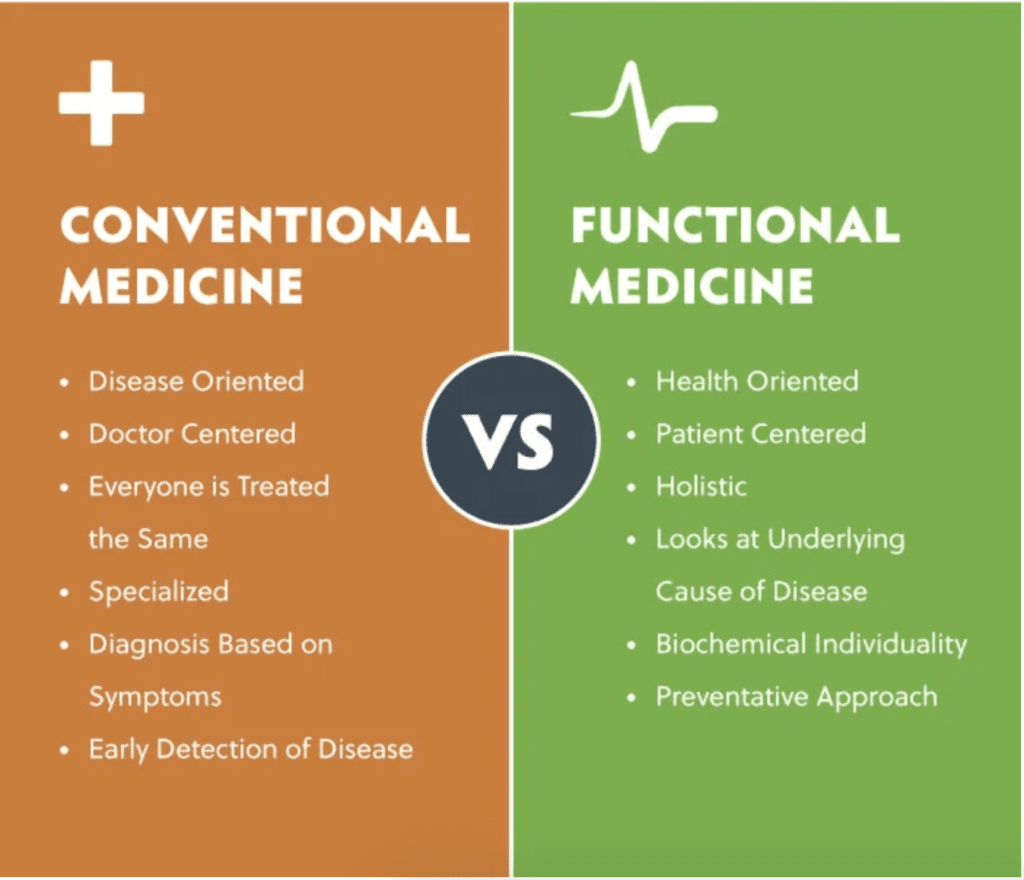For those who missed the last blog post (check it out here https://www.nutritionbyemma.co.uk/post/my-cdsa-stool-test-results-part-1), I explained how the CDSA test I took showed that I had an overgrowth of certain pathogenic bacteria and a strain of candida.
Here are the other pages to the report and an analysis of what these results told me.

Page 2 checks for all parasites, all clear here luckily, although it’s estimated that around 20% of us have a parasite so don’t be too freaked out if one is found, there are many natural ways to eliminate them.
This is an interesting page. The first box, the elastase, is a measure of the digestive enzymes which my pancreas is making. Anything below 200 is flagged as a mild insufficiency but normal figures should be around the 500 mark. Because mine was below 200, I was advised to take the results to my GP. I did this a few months later and got tested by the NHS, my elastase this time had fallen to 65, classed as severe pancreatic insufficiency or EPI (exocrine pancreatic insufficiency.) I’m going to go into more detail about this on another blog, but basically it was a sign that my pancreas was struggling and I needed to help by adding in digestive enzymes with every meal. If there aren’t enough enzymes to break down food then important nutrients are not being absorbed and you can become malnourished.
The fat stain was clear which meant that at least I appeared to be absorbing fats. If anything was found here it would indicate fat malabsorption. There was also no trace of other foods having been incompletely broken down. Inflammation levels were all ok.
My secretory IGA level, however, was on the floor! 15 when reference range was 51-204. This is a marker for the immune system which is based in the gut. Low levels meant that I was more likely to have a weakened immune system and is also linked with dysbiosis and leaky gut. Saccharomyces Boullardi has been shown to significantly increase SIgA levels in studies so I started taking this yeast supplement.

The final page gives useful information about Short Chain Fatty Acids which are important for overall gut health. Good levels reflect a good level of beneficial bacteria. Prebiotic foods are a great way to increase SCFA levels so I started increasing these as well as adding in a prebiotic powder supplement.
And that’s the end of the analysis. With all this useful information I was able to put together a targetted, personalised protocol to address all the issues. It is now a year later and last week I finally got re-tested after my protocol, I will post these results next time!
If you’re interested in discussing how functional testing can help on your journey, click here to book in a free discovery call with me now. https://my.practicebetter.io/#/5ee8f8f42a902906e847ca69/bookings?s=5ee90e422a902906e848120d


